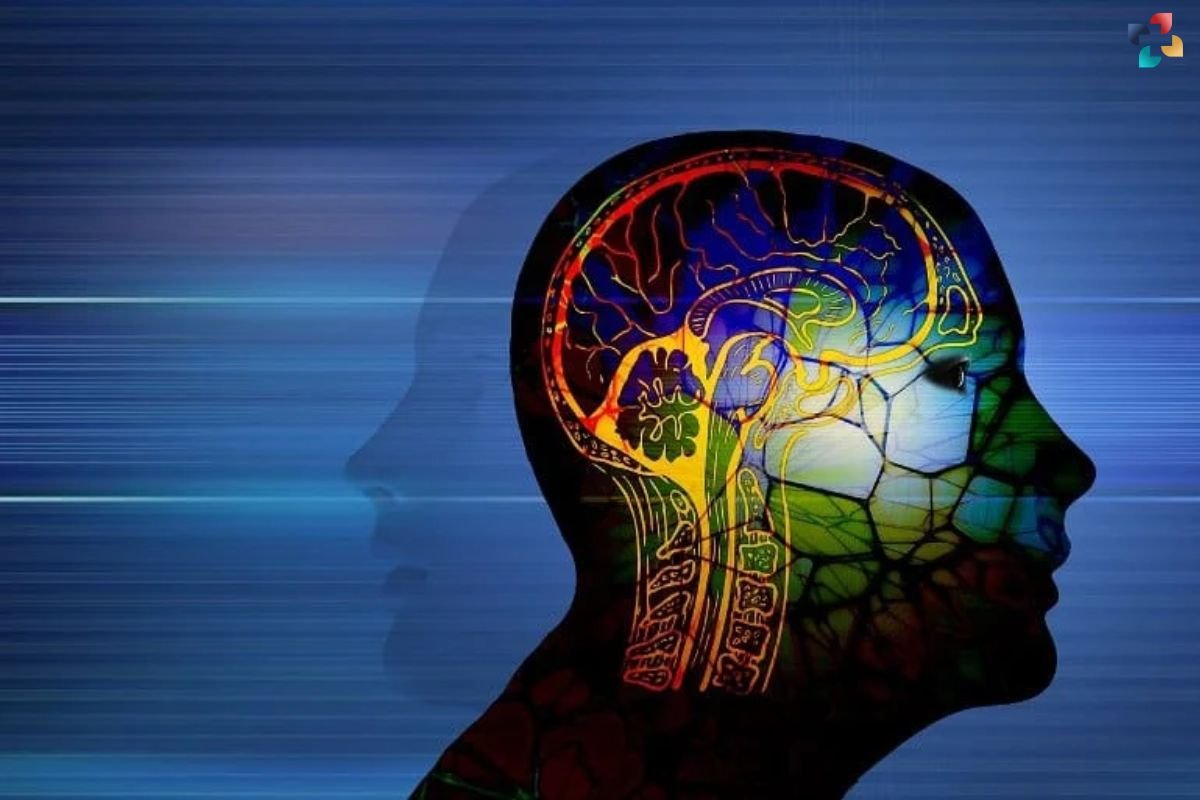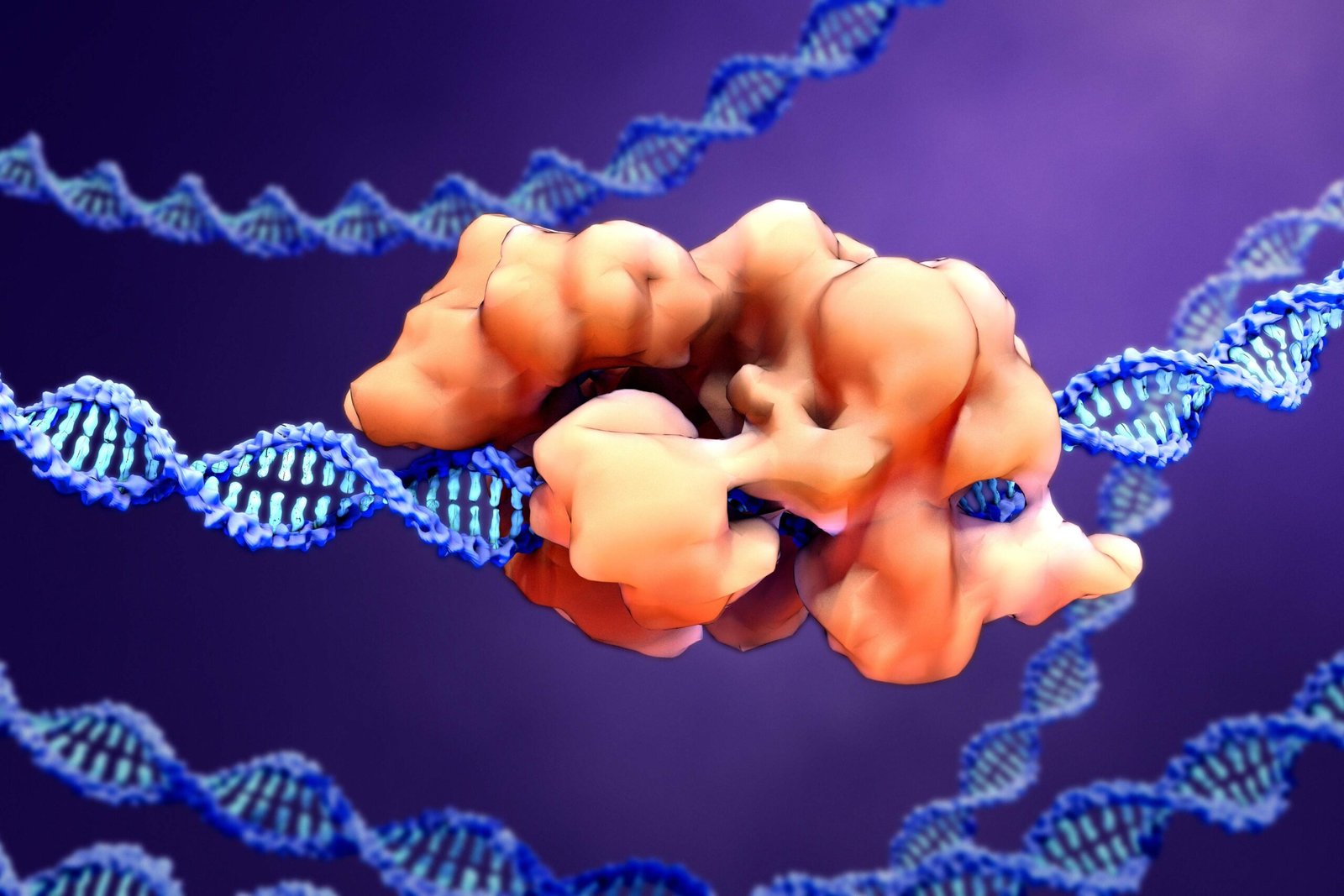Source-Neuroscience-News
A groundbreaking study led by UCLA Health has provided unprecedented insights into the intricate biological mechanisms underlying autism spectrum disorder (ASD). This pioneering research marks a significant milestone in understanding the complex interplay between genetic predisposition and observable changes in the brain associated with ASD.
Bridging the Gap Between Genetics and Brain Function
Led by UCLA neurogeneticist Dr. Daniel Geschwind, the study is part of the PsychENCODE consortium, an initiative launched by the National Institutes of Health in 2015. PsychENCODE aims to map gene regulation across different brain regions and stages of development, thereby elucidating the molecular underpinnings of psychiatric disorders. Dr. Geschwind’s study focuses on autism, seeking to unravel the link between genetic risk factors and cellular and genetic activity in the brain.
Advancing Techniques for Precision Insights
Traditionally, studies on autism have relied on bulk tissue samples from post-mortem brains, limiting researchers’ ability to discern specific cellular and circuit-level changes associated with the disorder. To overcome this limitation, Dr. Geschwind and his team employed cutting-edge single-cell assays, enabling them to isolate and analyze genetic information from individual brain cells. This approach provided a comprehensive view of the brain’s intricate network of cell types and their associated genetic pathways.
Autism: The Human Brain on a Continuum with Daniel Geschwind
Unveiling Cellular Changes and Genetic Drivers
By analyzing over 800,000 nuclei from post-mortem brain tissue of individuals with autism spectrum disorder (ASD) and neurotypical controls, the researchers identified significant changes in cortical cell types affected by autism. Notably, alterations were observed in neurons responsible for inter-hemispheric connectivity and a group of interneurons crucial for brain circuit maturation. Moreover, the study uncovered specific transcription factor networks driving these changes, linking them to known autism risk genes and providing novel insights into the disorder’s molecular mechanisms.
Paving the Way for Therapeutic Breakthroughs
The findings from Dr. Geschwind’s study offer a refined framework for understanding the molecular basis of autism spectrum disorder (ASD), shedding light on the cellular and genetic changes underlying the disorder. By elucidating the downstream effects of known genetic factors, the research opens new avenues for developing targeted therapeutics for autism and other psychiatric disorders. Dr. Geschwind emphasizes the significance of these findings in advancing our understanding of autism spectrum disorder (ASD) and lays the groundwork for future breakthroughs in treatment development.
Also Read: Autism Development: Genetic, Drug Reactions, and Environmental Factors








